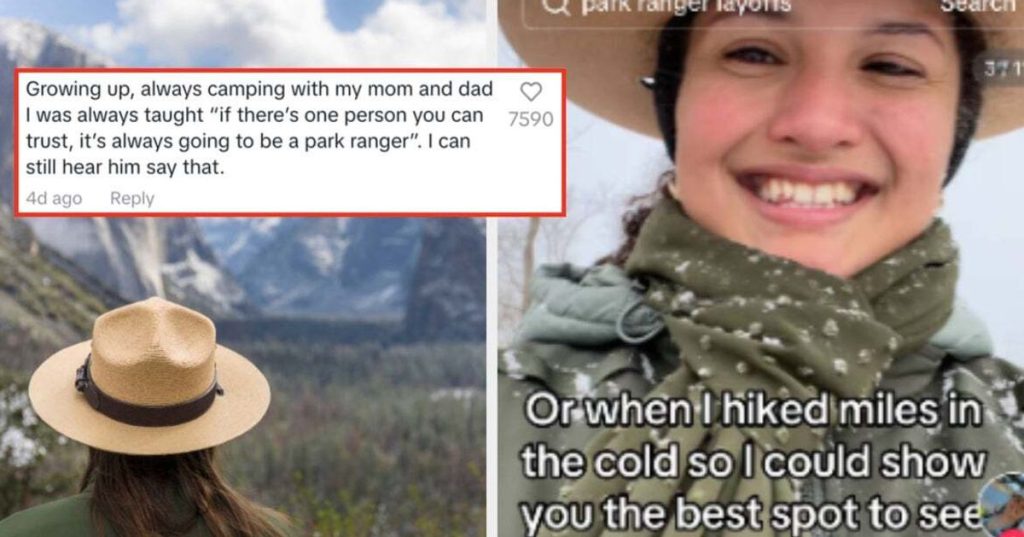The National Park Service: A Century of Stewardship
The National Park Service (NPS), established in 1916, has long been a cornerstone of America’s environmental and cultural stewardship. For over a century, the NPS has managed the nation’s parks, monuments, and reserves, preserving their beauty and historical significance for future generations. Central to this mission are the park rangers, whose dedication and expertise have been invaluable in guiding visitors and safeguarding these treasured sites. However, a recent wave of layoffs under the Trump administration, influenced by billionaire Elon Musk’s campaign to reduce government spending, has raised concerns about the future of these vital spaces. The dismissal of 1,000 NPS employees, including 200 rangers, has sparked worries about the Service’s ability to maintain its high standards of conservation and visitor safety.
The Layoffs: A Blow to Conservation and Safety
The layoffs have drawn sharp criticism from conservationists and former employees alike. Kristen Brengel, Senior Vice President of Government Affairs at the National Parks Conservation Association, warned that these cuts push the already strained NPS to its limits, with consequences that will resonate for years to come. The reduction in staff has severe implications for park maintenance, safety, and educational programs. Rangers play a crucial role in safeguarding visitors, managing natural resources, and conducting essential research. Their absence not only jeopardizes the well-being of the parks but also the experiences of millions of visitors who rely on their guidance and expertise.
Park Rangers: Guardians of Nature and Knowledge
Park rangers are more than just uniformed figures; they are the heart of the National Park Service. They ensure visitor safety, offer educational programs, and conduct vital research on the environment. On TikTok, former rangers have shared their experiences, highlighting their multifaceted roles. from search and rescue operations to educating visitors about the natural world. These videos, viewed millions of times, reveal the depth of their contributions, such as protecting wildlife, studying tree health, and sharing a passion for nature with younger generations. Their work often goes unnoticed but is essential in preserving the parks’ integrity and enriching visitors’ experiences.
Voices of the Fired Rangers: Speaking Out on TikTok
In response to the layoffs, many former rangers have turned to TikTok to share their stories. Videos from users like @chaotic_harmony_irl and @mountainmikayla have gained significant traction, offering a glimpse into the daily responsibilities of park rangers. These clips not only highlight the importance of their work but also express the emotional impact of losing a job so deeply connected to their passion for nature. By sharing their experiences, these rangers aim to raise awareness about the consequences of the layoffs and the value of the NPS.
Public Response: Gratitude and Support
The TikTok videos have sparked an outpouring of support from the public. Visitors have shared fond memories of interactions with rangers, expressing gratitude for their guidance and life-saving interventions. These stories underscore the profound impact rangers have on people’s lives, from rescuing lost hikers to fostering a love for nature in children. The community’s reaction demonstrates the deep connection between the public and the NPS, highlighting the importance of preserving the Service’s capacity to protect and inspire.
The Future of the National Park Service: A Call to Action
The layoffs and subsequent public outcry have brought attention to the challenges facing the National Park Service. As the nation looks to the future, it is crucial to recognize the vital role of park rangers and the importance of adequate funding and support for the NPS. The personal stories shared on TikTok remind us of the human element behind conservation efforts and the need to safeguard these roles for future generations. By understanding the value of the NPS and advocating for its preservation, we can ensure that America’s natural and historical treasures continue to thrive and inspire.















